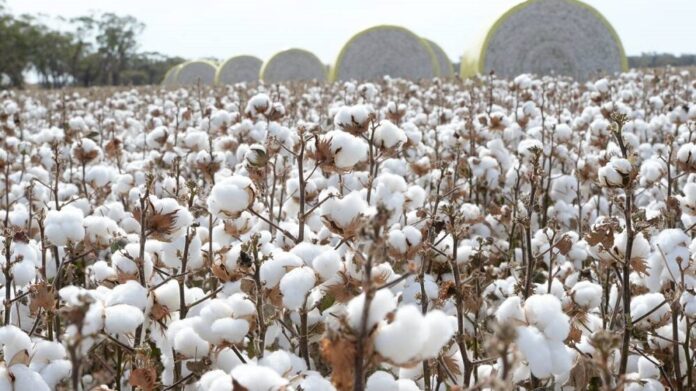Sindh reported over 46pc year-on-year loss in yield as the lint production in the province this year stood at 1,879,019 bales against 3,513,143 bales last year. Pakistan’s cotton output reached a high of 14.1m bales in the year 2004-05.
But it dropped to 7m bales in 2020-21 and about 9.45m bales in 2021-22 as the country’s per acre yield contracted to half of the crop productivity in other countries of the region.
Cotton is the most important cash crop in Pakistan and cotton products export account for 55 percent of all foreign exchange earnings of the country. Nearly 26 percent of farmers grow cot-ton, and over 15 percent of total cultivated area is devoted to this crop, with production pri-marily in two provinces.
Approximately 65 percent of Pakistan’s cotton is grown in Punjab, which has dry conditions, and the rest is grown in Sindh, which has a more humid climate, with negligible area under cotton in Khyber Pakhtunkhwa and Balochistan.
A recent meeting of the Economic Coordination Committee (ECC) approved Rs8,500 per 40kg as the intervention price on a summary provided by the Ministry of National Food Security and Research to entice growers towards the crop.
The ECC expressed concern over the ongoing decline in cotton production and acreage over the years.
In order to satisfy its yearly need for 15 million bales, the textile sector will have to import roughly 10 million bales. However, mill consumption for 2023–2023 has also been estimated at 8.8 million bales, the lowest level in more than 20 years, primarily as a result of serious problems with import financing.
Market sources claim that while the textile mills have so far bought 4,605,449 bales from the domestic market, they have inked import agreements for 5.5 million bales. 7,332,000 bales were purchased by the mills from the domestic market last year.


